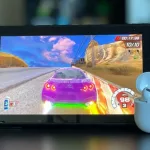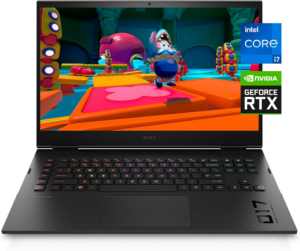Many companies have realized virtual reality can have a prominent place in education. Numerous organizations, from zSpace to Discovery VR, are producing new technology to advance the field, and educators from all over the spectrum have taken notice. From grade school to college, there are many ways teachers can bring VR into the classroom to where it will have a positive impact. With new advancements occurring every day, these benefits are merely the beginning of what is possible.
1. Uses for Multiple Fields
There are many different subjects where virtual reality can play a role. In the editing and writing field, it can be a tremendous help for locating errors and making revisions simpler. It can also help in college classes related to medicine. Professors can use VR to better teacher students so that they get a hands-on experience without actually working on a real patient.
2. Increases Engagement
One of the biggest obstacles for a teacher at any level is actually engaging students. Many lesson plans in the past were predicated on students sitting at their desks and reading materials, which can admittedly get boring after a while. With VR, students are encouraged to actually engage with the material. They have an active experience rather than a passive one.
3. Creates Amazing Visualizations
There is only so much of a subject matter that can be expressed on the page. When a student wears a VR headset, he or she is able to look at an object from different angles. This is a fantastic advantage for students who are visual learners. They may fall behind on the subject matter when they only need to read, but now that they can look at something up close and personal with VR, they may attain higher grades.
4. Eliminates Language Barriers
The benefits of virtual reality in education extend to classrooms with foreign exchange students. With many lesson plans, a student whose first language is not English may fall behind. With VR, the language barrier goes away because the student can select whatever language he or she wants for the lesson plan. This allows everyone in the classroom to play a part.
5. Engaging Learning Tool
Engaging students can be difficult regardless of if you are in junior high or college. Students may daydream in the classroom and just want to go home. However, with virtual reality, there is a greater sense of fun established in the classroom. Students can now learn by observing incredible visualizations and watching fun videos. When people have fun with what they are doing, they are more likely to partake with greater interest. VR can make students who were ordinarily bored at school more ambitious.
VR is still a relatively new component in many classrooms, and it will likely be a while before it starts playing a more prominent role. Teachers who currently have the ability to use VR would be wise to incorporate it. There are many benefits to gain, and the technology is only going to get better as the years go on. Students will look forward to going to school with this new, innovative equipment.
















